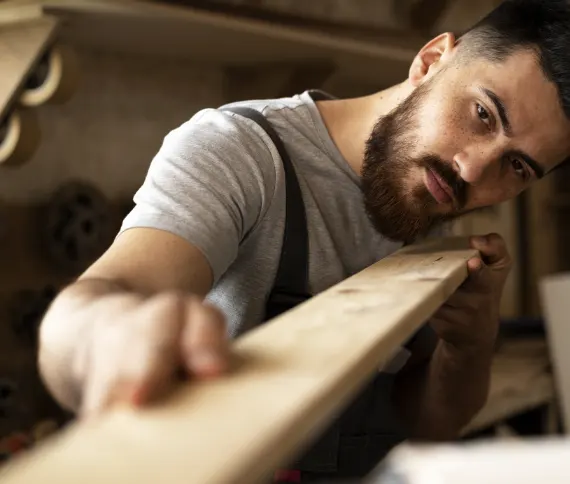
MDF: A Complete Guide to Best Practices
MDF, or medium-density fiberboard, has become the most sought-after material in architecture and woodworking, given its affordability, versatility and eco-friendliness. Whether you are a professional craftsman or an amateur, knowing how to work with MDF efficiently is vital.
In this informative blog submission, we'll proportion some treasured suggestions and best practices to help you decide if this versatile material is for you.
- Be selective with length and high quality: When selecting MDF in your task, consider the dimensions and grade cautiously. With alternatives ranging from standard to water-resistant to fire-rated, picking the grade that fits your unique undertaking desires is critical. Additionally, constantly aim for the proper size to make a flawless cease result with no unnecessary bulk.
- Safety First: Working with MDF can produce dust debris that can pose health risks. Always wear appropriate protection gadgets, safety glasses, dirt masks and ear safety. Adequate air flow to your workplace is essential to preserving air quality.
- Cut and form: Utilising Sharp equipment: Use sharp cutting equipment to avoid scratches and cuts. Carbide blades cut through the board quite effectively. Cutting Techniques: Use a steady hand when cutting MDF, and make sure your saw blades are set for the best angle and depth.
- Edge Sanding: Get those perfect edges; use 120-grit sandpaper to level the surface of MDF. Sand along the direction of the grain to achieve rounded edges, then use a vacuum cleaner or dust extractor to remove the leftovers. For fine sanding, use 220-grit sandpaper to achieve that perfect finish you are looking for.
- Glueing MDF: MDF can be stuck together using wood glue or adhesives used in construction. Evenly spread the efficient timber glue for a lasting result. Fasteners: There can be an inclination to crack the MDF with a screwdriver or nail. Drill holes for fasteners first and use the right ones, such as coarse-threaded screws designed for MDF.
- Priming & Sealing: Apply an appropriate primer to the MDF surface before painting or veneering. This facilitates obtaining a clean and consistent result and a neater finish. This will ensure the paint's finish is smoother because of the underlying primer. Sealing Edges: The edges must be sealed before painting the MDF board edges, as they can take in moisture and swell. Prevent this problem by applying several coats of primer or coating the edges with wood glue, spraying the dry glue and then applying primer.
- Handling and storing MDF sheets: Proper handling and storage are crucial to shield MDF against any damage or moisture infiltration, ensuring the board's longevity. While keeping them, stacking them horizontally against the wall is recommended to prevent chipping, warping, curving or bending of the board. Most importantly, place them systematically according to their size to avoid mishandling.
- Project Specifications: Seemingly a humble eco-friendly material, MDF works on strength, style and functionality, making it a hero for our cabinets, wardrobes and other building projects. No matter how you choose to use MDF to create your piece, you should know and understand the different grades available and the one best suitable for you. Do not be shy to ask and look at all options while choosing the appropriate board for your next architectural project.
To conclude, medium-density fiberboard (MDF) is the most versatile material for many applications if you want to elevate your design. From workbenches and room dividers to trendy wardrobes, adhering to these insightful guidelines and best practices allows you to incorporate MDF into your designs without a second thought. Given the widespread choice of MDF craftsmanship, you can now create statement pieces, making any part of your house a complete makeover.
Stay tuned for more MDF news!




Leave a comment